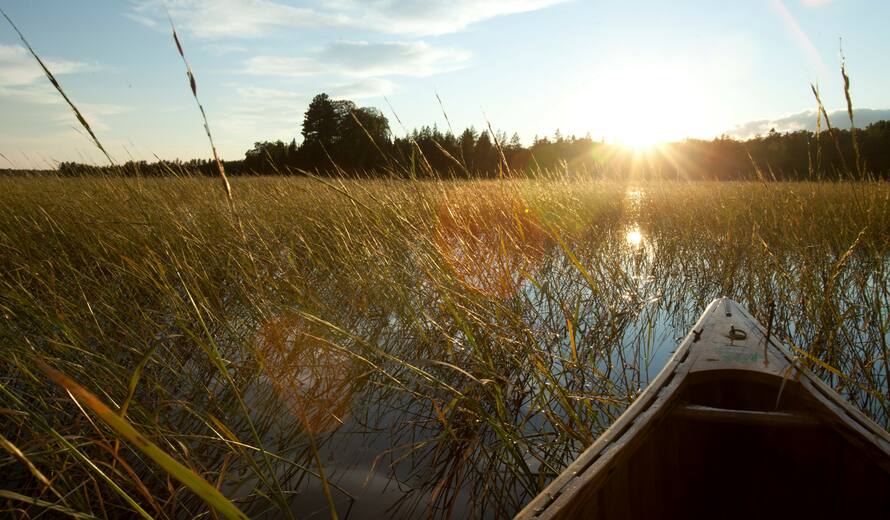Rural Landscapes and Sustainable Development: International Day for Monuments and Sites 2019
As we celebrate International Day for Monuments and Sites 2019, with the theme of Rural landscapes, we highlight the value of conserving this heritage formed through long-term, harmonious interaction between humankind and the natural environment. Protecting these landscapes is key for sustainable development.
Rural landscapes are biocultural mosaics—using land sustainably for production through agriculture, pastoralism, forestry, fisheries as well as human habitats. These are the most common types of continuing cultural landscapes, a category of World Heritage since 1992.
To date, 105 properties on the World Heritage List are categorized as cultural landscapes, and more than half of them are still playing active roles in sustaining the lives of local communities including indigenous peoples. UNESCO is also promoting the importance of safeguarding and management of cultural landscapes through the UNESCO-Greece Melina Mercouri International Prize for the Safeguarding and Management of Cultural Landscapes, and the call for 2019 nominations is open until 30 April 2019.
In Pimachiowin Aki (Canada), First Nations communities have sustained their lives over thousands of years through harvesting other forms of life as gifts from the Creator in “the Land that Gives Life”. Nature-based livelihoods from fishing, farming and eiderdown harvesting have maintained sustainable livelihoods on a cluster of dozens of islands on Vegaøyan – The Vega Archipelago (Norway). Sacred Mijikenda Kaya Forests (Kenya) is a sacred ancestral land rich in biodiversity, agrobiodiversity as well as cultural diversity supporting the well-being of its people. In Cultural Landscape of Bali Province: the Subak System as a Manifestation of the Tri Hita Karana Philosophy (Indonesia), cooperative water management system and Balinese philosophy linking the spirit, humans and nature have shaped a unique and harmonious landscape.
As these examples demonstrate, rural landscapes have always been a source of life and inspiration, and living testimony to how humans have coexisted with nature. Despite the essential gifts they provide us, many rural landscapes and their linkage with people are increasingly under threat due to various factors from urbanization and depopulation of rural communities to intensifying disaster risks and climate change.
In order to help enhance resilience of rural communities, UNESCO and the World Heritage Centre have been striving to strengthen nature-culture linkages as well as partnerships to upscale efforts, with our Advisory Bodies (ICOMOS, ICCROM and IUCN) and FAO’s Globally Important Agricultural Heritage Systems (GIAHS) built on the new Memorandum of Understanding signed between UNESCO and FAO in July 2018. Sustainable management of rural landscapes can significantly contribute to sustainable development. Let us act together to safeguard the world’s diverse rural landscapes – lands that give life.
Mechtild Rössler
Director
UNESCO World Heritage Centre
